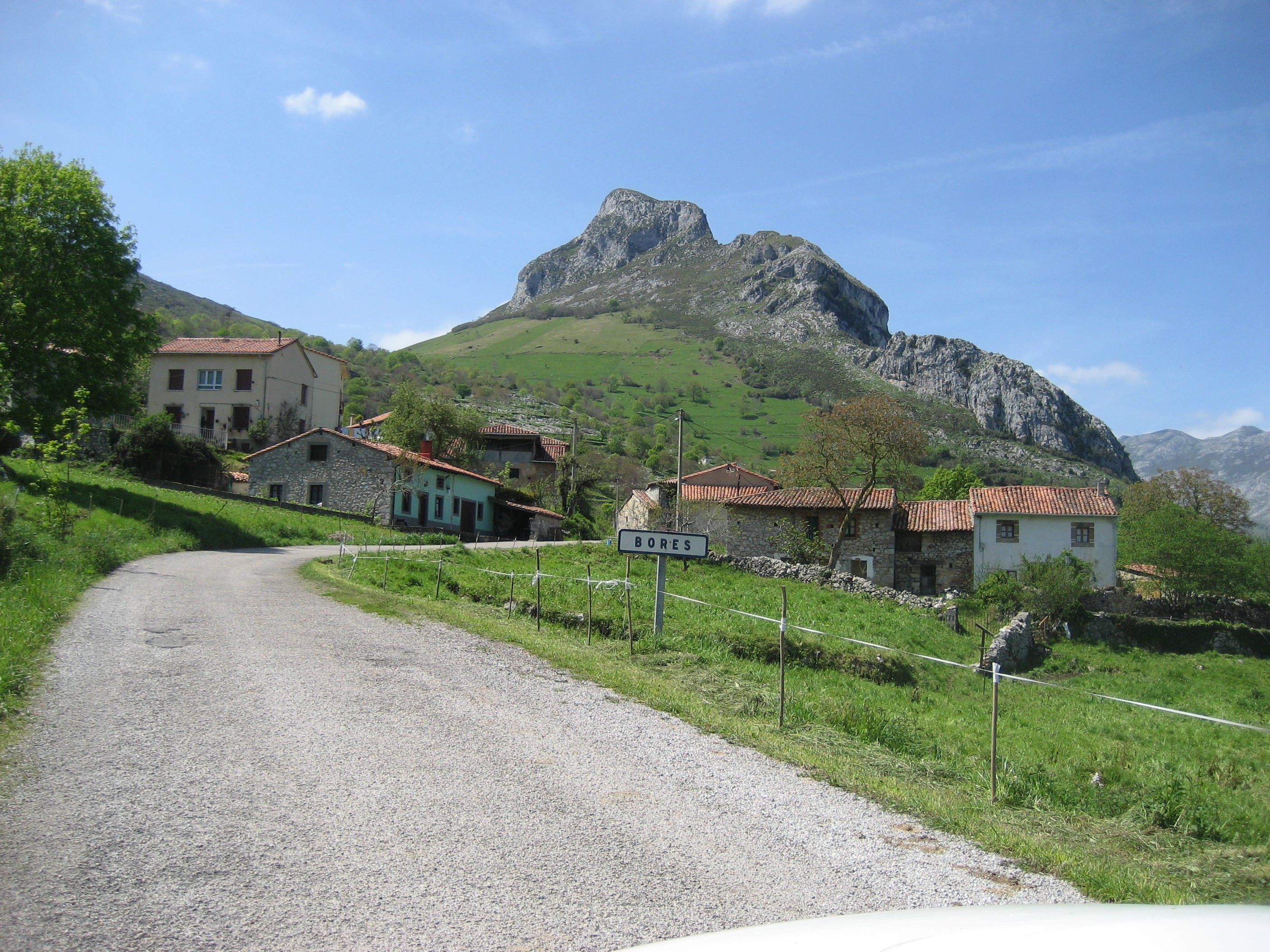
Puntos de Interés

Municipality
Parish of Tobes

Situated on the right slope overlooking the point where the Cares River joins the Deva River, lies the parish of Tobes. This parish comprises three peaceful villages: the hamlet of Tobes, Robriguero, and Bores.
The small hamlet of Tobes consists of a row of intersecting streets and mountain-style houses. Nearby, there is a parish, which is currently abandoned, called the Parish of San Pedro, near the road that leads to Robriguero.
The village of Robriguero is larger than Tobes, as it was where the Cares and Deva footpaths, as well as the one leading to the Sierra de la Cuera via the Old Bridge, which still exists today, came together. The bridge is one of the oldest constructions in the Peñamellera Baja region. It is thought to be of late mediaeval origin, from the 13th century. It is built in masonry and a significant part of the original materials are still preserved.
In Bores, the 17th century Orejuz Palace has to be mentioned. This rectangular palace, built in a popular baroque style, is included in the Inventory of the Architectural Heritage of Asturias. This rural palace complex has a religious connection, as it was built with an adjoining chapel. It also features an inner courtyard and a tower. This monument used to be used to host popular events, but today it is in need of thorough restoration.
The patron saint festivals in Bores are dedicated to Saint Catherine and Our Lady of El Carmen, and they are held on July 10th and 11th respectively, in the Chapel of Saint Catherine.
The Cares River is of great benefit to the parish of Tobes, as it is home to salmon and has fishing preserves. The mountains also offer materials and minerals that can be put to good use. Between Robriguero and Bores, there is the Argayón mine, which was used mainly to extract calamine along with copper and mercury. The most abundant minerals in this mine are sphalerite, galena, and cinnabar.
The uniqueness of the surroundings makes these villages well worth visiting. The views of the rugged valley formed by the mountains of the Sierra de la Cuera and the Eastern Massif or Andara, with the peak of Pica Peñamellera, are prominent geographic features.
If you use the footbridges to cross the river, you will come to the Llonín caves. This site is included in the UNESCO World Heritage List and is located in the Sierra de la Cuera. It houses magnificent prehistoric cave paintings. The most thorough archaeological digs in the region were done here, and the findings can be seen in the Archaeological Museum of Oviedo. These findings gave us valuable information about Palaeolithic settlements in the northern part of the Iberian Peninsula. The cave contains around thirty cave paintings depicting animals such as deer, goats, bison, and reindeer antlers.


